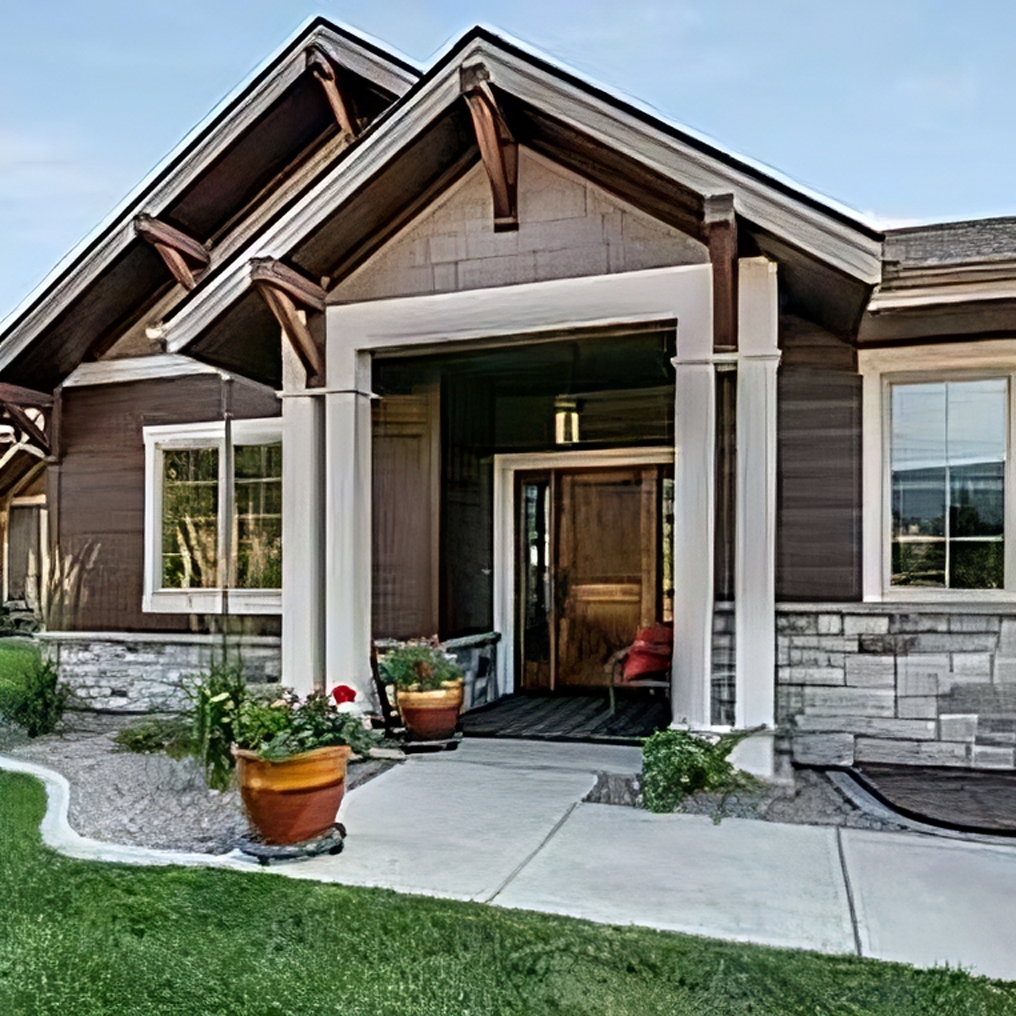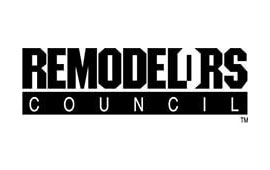As an expert general contractor and remodeling company that’s done a lot of roof flashing repair in Birmingham, AL, we understand the importance of a well-built roof. One of the most crucial components of any roof is the flashing. Today we thought we’d answer some common questions about this often overlooked part of your home’s construction.
What is a flashing on a roof?
A flashing is a thin strip of metal or other material that is installed on the roof where two surfaces meet. These surfaces can include where the roof meets a wall, a chimney, a vent pipe, or any other structure that penetrates the roof.

What is the purpose of flashing?
The purpose of a flashing is to prevent water from penetrating into the building through the joints or gaps between the roof and the other structure. Flashing directs water away from these areas and ensures that it flows down the roof and into the gutters, rather than seeping into the building and causing water damage.
Is flashing the same thing as a drip edge?
No, flashing is not the same thing as a drip edge. A drip edge is a metal strip that is installed along the edges of the roof to prevent water from running down the fascia and onto the soffit. While both flashing and a drip edge are important components of a well-built roof, they are different components and serve different purposes.
Does flashing go over or under shingles?
Flashing should be installed under the shingles or other roofing material. This ensures that water flows down and onto the roof, rather than seeping in between the flashing and the shingles.
What are the different types of flashing?
There are several different types of flashing, including:
- Step flashing: This type of flashing is used where a sloped roof meets a vertical wall, such as around a chimney.
- Continuous flashing: This is a long strip of metal that is installed along the entire length of a roof intersection, such as where two sloped roofs meet.
- Vent pipe flashing: This type of flashing is used where a vent pipe penetrates the roof.
- Drip edge flashing: As we mentioned earlier, this type of flashing is installed along the edge of the roof to prevent water from running down the fascia and onto the soffit.
What problems can occur because of badly installed flashing?
Badly installed flashing can lead to several, usually very expensive, problems, including, but not limited to:
- Water damage: If flashing is installed improperly, water can seep in between the flashing and the roof or other structure, causing water damage to the building.
- Leaks: Similarly, poorly installed flashing can allow water to seep into the building, leading to leaks.
- Wood Rot: Over time, water damage can cause wood to rot, leading to structural damage to the building.
At Reliable Design-Build-Remodel, we know how important it is to install materials correctly. If you’re experiencing issues, or suspect that your flashing may be improperly installed, don’t hesitate to give us a call. Our team of experienced professionals can inspect your roof and provide recommendations for repair or replacement as needed.
We hope this article has been informative and helpful in understanding the importance of flashing. If you have any further questions or concerns, please don’t hesitate to reach out to us at Reliable Design-Build-Remodel.

Reliable Design-Build-Remodel is a full service general construction firm and remodeling contractor operating in the Birmingham metro and Jefferson and Shelby County areas and surrounding communities, including Birmingham, Helena, Chelsea, Mountain Brook, Hoover, Homewood, Montevallo, Alabaster, Vestavia Hills, and Pelham, with over 30 years of servicing our valued clients. Offering full service suite of general remodeling, design and build services. Our specialties include bathroom remodeling, kitchen remodeling, exterior renovations, interior renovations, painting, and more!
Visit us at reliablerem.com, and like and follow us on Facebook and Instagram!















